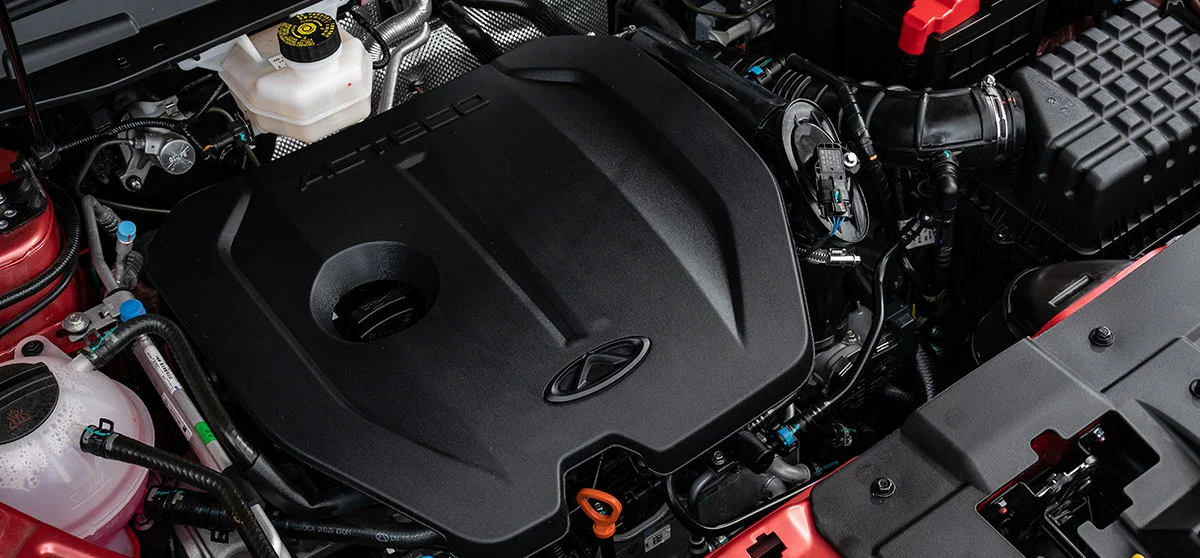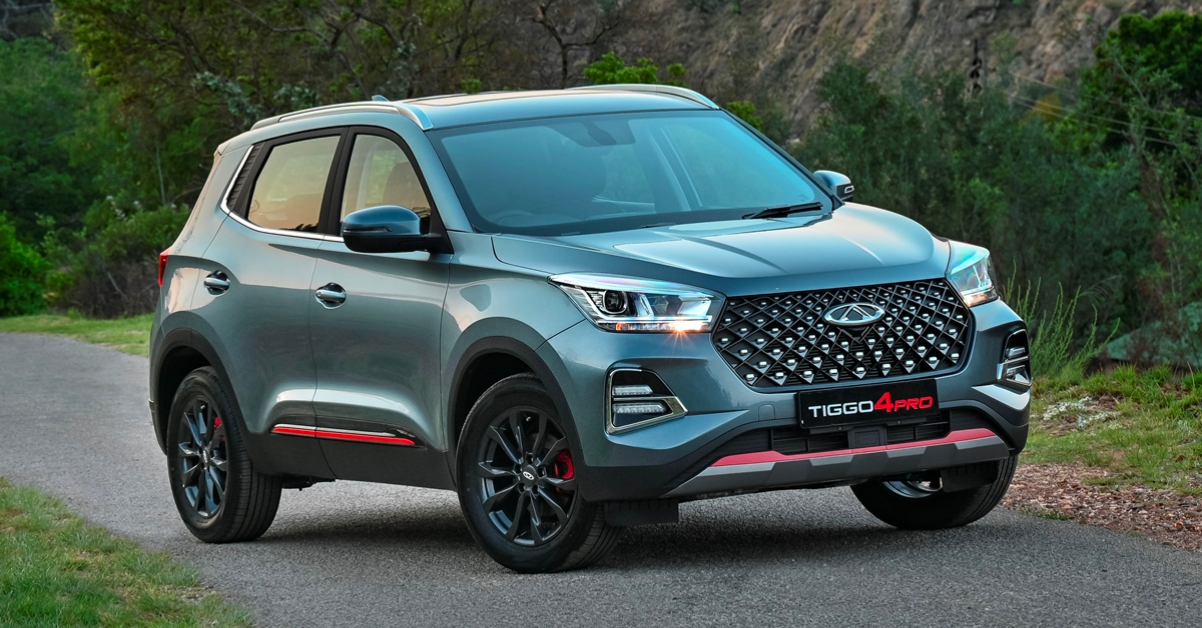
Turbo vs. Naturally Aspirated: What You Need to Know About Chery’s Engine Technology
Turbo vs. Naturally Aspirated: What You Need to Know About Chery’s Engine Technology
When shopping for a Chery vehicle, one of the key decisions you’ll face is whether to opt for a turbocharged engine or a naturally aspirated engine. Both engine types offer unique benefits, but which one is best for you? Understanding the differences in efficiency, power delivery, and fuel economy will help you make an informed decision.
Let’s explore Chery’s engine technology and what sets their turbocharged and naturally aspirated engines apart.
1. What is a Turbocharged Engine?
A turbocharged engine uses a turbocharger to force more air into the engine’s cylinders, allowing it to burn fuel more efficiently and generate more power.
How It Works:
- The turbocharger uses exhaust gases to spin a turbine, which compresses air before it enters the combustion chamber.
- More air means more oxygen, allowing the engine to burn more fuel and produce greater power without increasing engine size.
- The result? More horsepower and torque from a smaller engine.
2. What is a Naturally Aspirated Engine?
A naturally aspirated (NA) engine relies solely on atmospheric pressure to bring air into the engine. Unlike a turbocharged engine, it does not use forced induction to increase power.
How It Works:
- Air is drawn into the combustion chamber purely through the engine’s intake system.
- Power output depends entirely on engine displacement (size) and RPM.
- These engines deliver smooth, linear power without lag.

3. Power Delivery: Turbo vs. Naturally Aspirated
The difference in power delivery between turbocharged and naturally aspirated engines is noticeable when driving.
Turbocharged Engines:
✅ Higher torque at lower RPMs – Instant power when you need it.
✅ Excellent acceleration – Great for overtaking and highway driving.
✅ Ideal for smaller engines – Turbocharging allows a small engine to produce the power of a larger one.
❌ Turbo lag – A slight delay in power delivery when pressing the accelerator.
Naturally Aspirated Engines:
✅ Linear power delivery – Smoother acceleration without turbo lag.
✅ More predictable throttle response – Ideal for consistent driving behavior.
✅ Simpler engine design – Fewer moving parts mean fewer potential failures.
❌ Lower torque at low RPMs – Requires higher revs for peak power.

4. Engine Efficiency: More Power, Less Fuel?
Engine efficiency is a key factor when choosing between turbocharged and naturally aspirated engines.
| Feature | Turbocharged Engine | Naturally Aspirated Engine |
|---|---|---|
| Power Output | Higher for engine size | Lower per displacement |
| Torque at Low RPMs | Strong | Weaker |
| Fuel Efficiency | Can be better with smaller engines | Generally consistent |
| Complexity | More moving parts | Simpler design |
| Maintenance Costs | Higher due to turbo components | Lower due to simplicity |
While turbocharged engines provide better efficiency by producing more power from a smaller engine, they can also be more complex and require specialised maintenance. Naturally aspirated engines, on the other hand, are tried-and-tested, offering reliability and longevity.
5. Fuel Economy: Which Engine Saves You More?
Fuel efficiency depends on various factors, including driving style, engine tuning, and road conditions. Here’s how Chery’s turbo and naturally aspirated engines compare:
Turbocharged Engines:
🚗 Better efficiency in smaller engines – A 1.5L turbo can produce the same power as a 2.0L NA engine while consuming less fuel.
🚗 More efficient at higher altitudes – Since the turbo compensates for air pressure loss, fuel economy remains stable.
🚗 Better highway fuel economy – Lower RPMs maintain fuel efficiency.
Naturally Aspirated Engines:
⛽ More predictable fuel consumption – No turbo boost means no sudden fuel surges.
⛽ Easier to maintain fuel efficiency in stop-and-go traffic – Turbocharged engines may use more fuel when frequently accelerating.
⛽ Generally better for city driving – If not frequently revved high, NA engines can be very economical.
For South African drivers, the choice comes down to personal driving habits and fuel cost considerations.

6. Which Chery Models Use Turbocharged or Naturally Aspirated Engines?
Chery offers a range of SUVs and sedans, some equipped with turbocharged engines and others with naturally aspirated options.
Turbocharged Chery Models:
- Chery Tiggo 4 Pro 1.5T – Compact SUV with great fuel economy.
- Chery Tiggo 7 Pro 1.5T – Mid-size SUV with powerful acceleration.
- Chery Tiggo 8 Pro 1.6T – Premium SUV with top-tier performance.
Naturally Aspirated Chery Models:
- Chery Tiggo 4 Pro 1.5L NA – Budget-friendly option with smooth performance.
7. Final Verdict: Which Engine is Best for You?
Both turbocharged and naturally aspirated engines have their pros and cons. Your choice depends on your driving needs and preferences.
Choose a Turbocharged Chery if you want:
✅ More power and torque for overtaking and highways.
✅ Better fuel efficiency in a smaller engine.
✅ Advanced technology with responsive acceleration.
Choose a Naturally Aspirated Chery if you want:
✅ Smoother and more predictable power delivery.
✅ Lower maintenance costs over the long run.
✅ A simple, reliable engine without turbo lag.
🚗 Visit Chery Sandton or Chery Northcliff today to test drive a turbocharged or naturally aspirated Chery and experience the difference for yourself!
